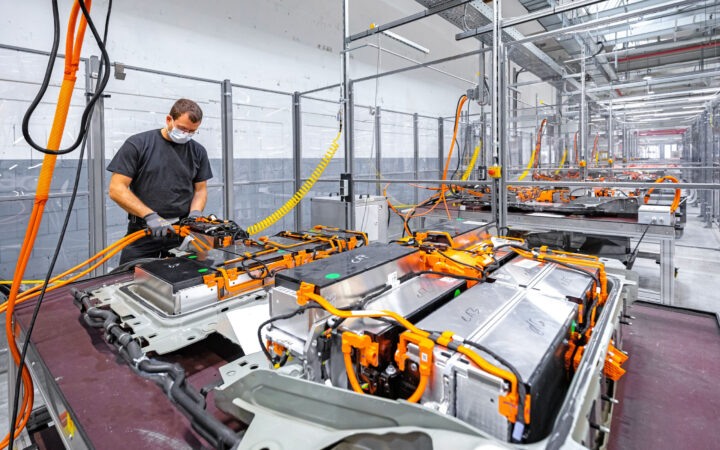It is possible to bring back to life the lithium-ion batteries found in electric cars, which can last for many years: Scientists, including those backed by the car giant Toyota, have created a kind of super-powerful “energy drink” for the car battery. Your car.
In the study published in the scientific journal Joule, experts discovered a way to inject specific chemicals into old lithium-ion batteries, making it possible to replace lost charged particles that help the battery store energy. However, this technology will not repair a physically damaged battery, but rather allows for a revitalized treatment.
Lithium-ion batteries are the most common type of rechargeable battery, powering our daily lives – from smartphones to electric cars. However, over time, they lose their ability to hold their charge, making them less efficient and reliable.
However, it is possible to restore the battery's original capacity, according to researchers at Toyota's central R&D laboratories in Japan, who used a one-step process that could reduce waste and increase the supply of batteries for electric vehicle fleets.
Scientists injected a special substance, called a recovery reagent, into the battery cells, triggering a chemical reaction that produces more lithium ions and electrons, the two particles that allow the battery to store energy – enabling experts to reverse the battery's decomposition and restore 80 percent of its original capacity.
The restored battery maintained its performance through 100 charge and discharge cycles. “The effectiveness of the system was verified not only using small batteries for laboratory use, but also using large batteries for automotive use,” Nobuhiro Ogihara, the study’s lead researcher, revealed.
This technology can extend the life of lithium-ion batteries, allowing them to be reused in electric vehicles or other devices, rather than being disposed of or undergoing a complex process of disassembly and recycling. This can save money, resources and the environment, as lithium-ion batteries contain valuable and rare materials such as cobalt and nickel, which are often extracted unsustainably.
However, this technology is not a silver bullet for all types of battery degradation. It only works with batteries that have lost their ions due to repeated charging and discharging, not those that have suffered structural damage or other forms of deterioration.
“It's only for batteries that have suffered a very specific form of deterioration… This is only useful if you know the history of the battery or can diagnose its condition using simple, non-destructive methods,” energy expert Jacqueline Edge said. Battery deterioration at Imperial College London, adding that long-term studies are needed to understand the potential side effects of chemical injection into the battery and its safety.

“Friendly zombie fanatic. Analyst. Coffee buff. Professional music specialist. Communicator.”

